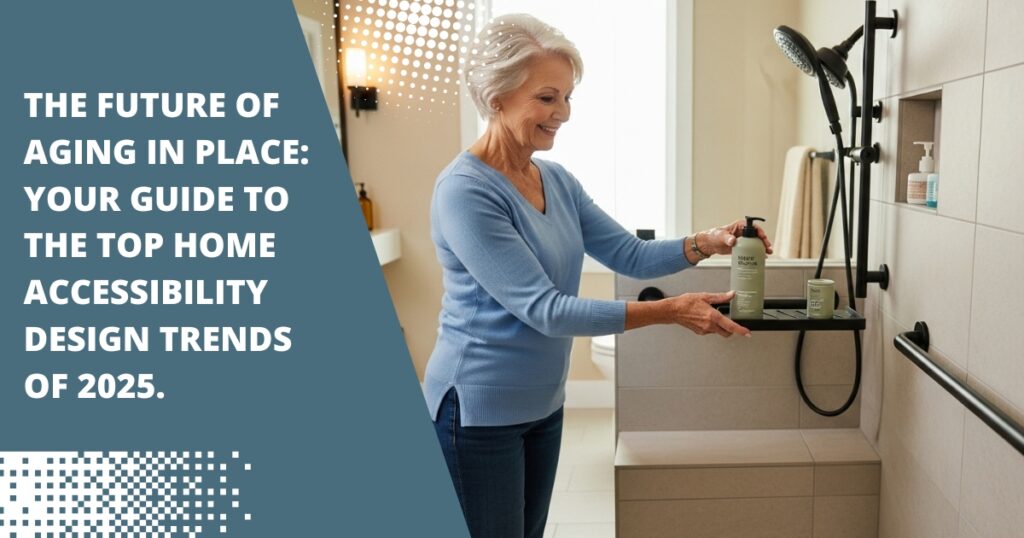
The Accessibility Design Trends of 2025: How Seniors’ Homes Are Evolving with Style & Safety
This is a general industry trends roundup, not a claim of services. For expert advice, reach out via access to remodeling services.
As more seniors choose to age in place, homes are transforming—combining safety, accessibility, and design more seamlessly than ever. From 2025’s newest features to evolving aesthetic expectations, here’s a long-form breakdown of what’s redefining senior home accessibility.
1. Designer Grab Bars That Blend In
Gone are the days of institutional grab bars. Today’s versions come in matte black, brushed bronze, and even wood textures. Some double as towel racks or shelves—providing function without compromising style :contentReference[oaicite:1]{index=1}.
2. Zero-Step, Integrated Ramps
Step-free entries—achieved through gradual grading, hidden ramps, or landscaped slopes—are key for aging in place and enhancing resale appeal :contentReference[oaicite:2]{index=2}.
3. Expanded Interior Pathways & Roll-In Design
Wider doorways and corridors are gaining traction to accommodate walkers and wheelchairs. Roll-in showers and eliminating transitions keep interiors fluid and safe :contentReference[oaicite:3]{index=3}.
4. Visitability Principles Go Mainstream
Built-in sociability is becoming standard. Homes designed with at least one zero-step entrance, accessible bathroom, and wide routes ensure everyone can visit or age in place comfortably :contentReference[oaicite:4]{index=4}.
5. Smart Sensors & Fall-Detection Tech
Homes now incorporate subtle systems—like motion sensors, voice-activated controls, and fall alerts—to support safety and independence quietly :contentReference[oaicite:5]{index=5}.
6. Inclusive, Spa-Style Bathrooms
Curbless showers, built-in seating, and walk-in tubs are merging wellness aesthetics with accessibility. They make spaces luxurious and safe at once :contentReference[oaicite:6]{index=6}.
7. Flexible Features That Evolve
Adjustable grab bars, movable handrails, and customizable fixtures allow features to adapt to changing needs over time—without costly renovations :contentReference[oaicite:7]{index=7}.
8. Affordability & Equity in Accessibility
While some seniors can spend tens of thousands on retrofits, many rely on nonprofit help for essential items like grab bars and ramps. As the senior population grows, bridging that affordability gap is vital :contentReference[oaicite:8]{index=8}.
In Summary
2025 marks a shift toward accessibility solutions that are inclusive, beautiful, and cost-considered. If you’re exploring options like stylish grab bars or seamless ramp designs, learn more here: Senior Grab Bars & Ramps.
 Leave us a Google Review Here
Leave us a Google Review Here